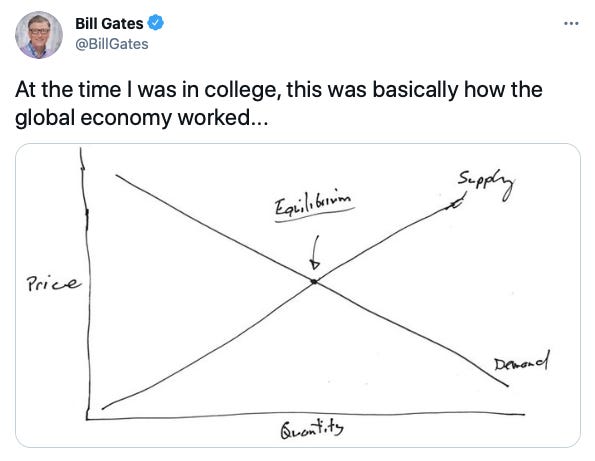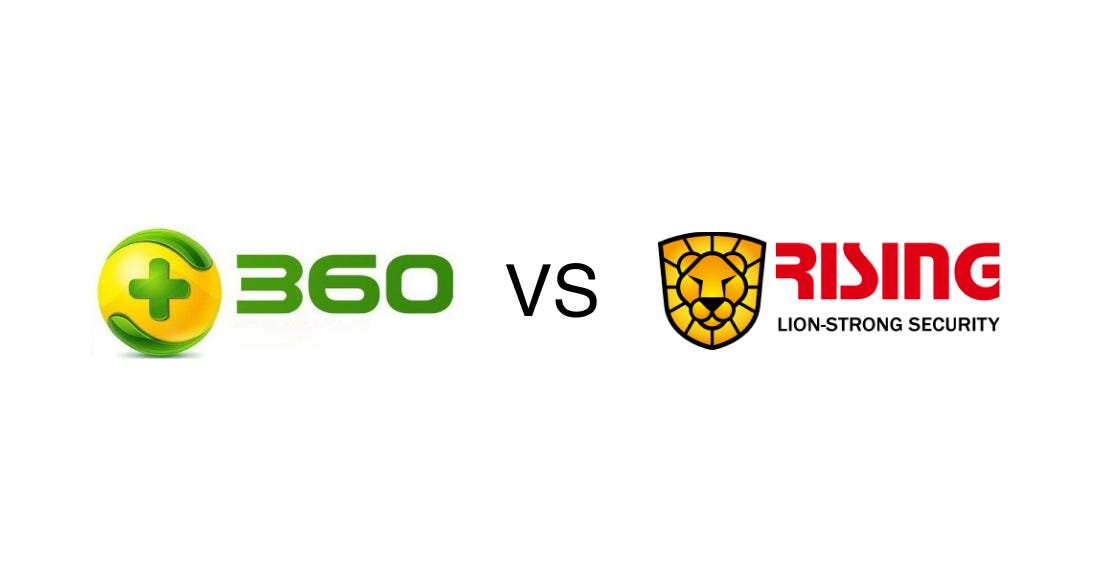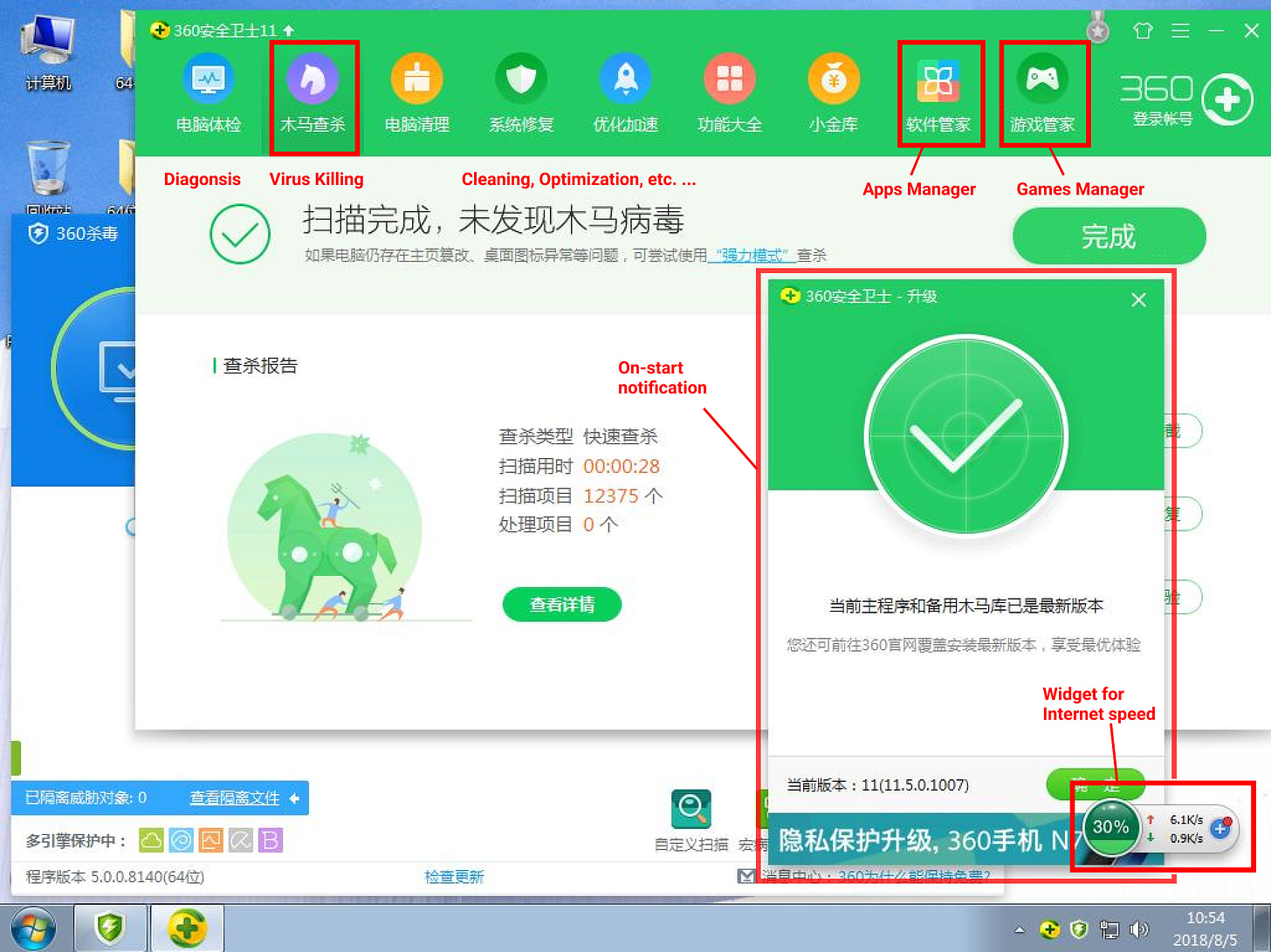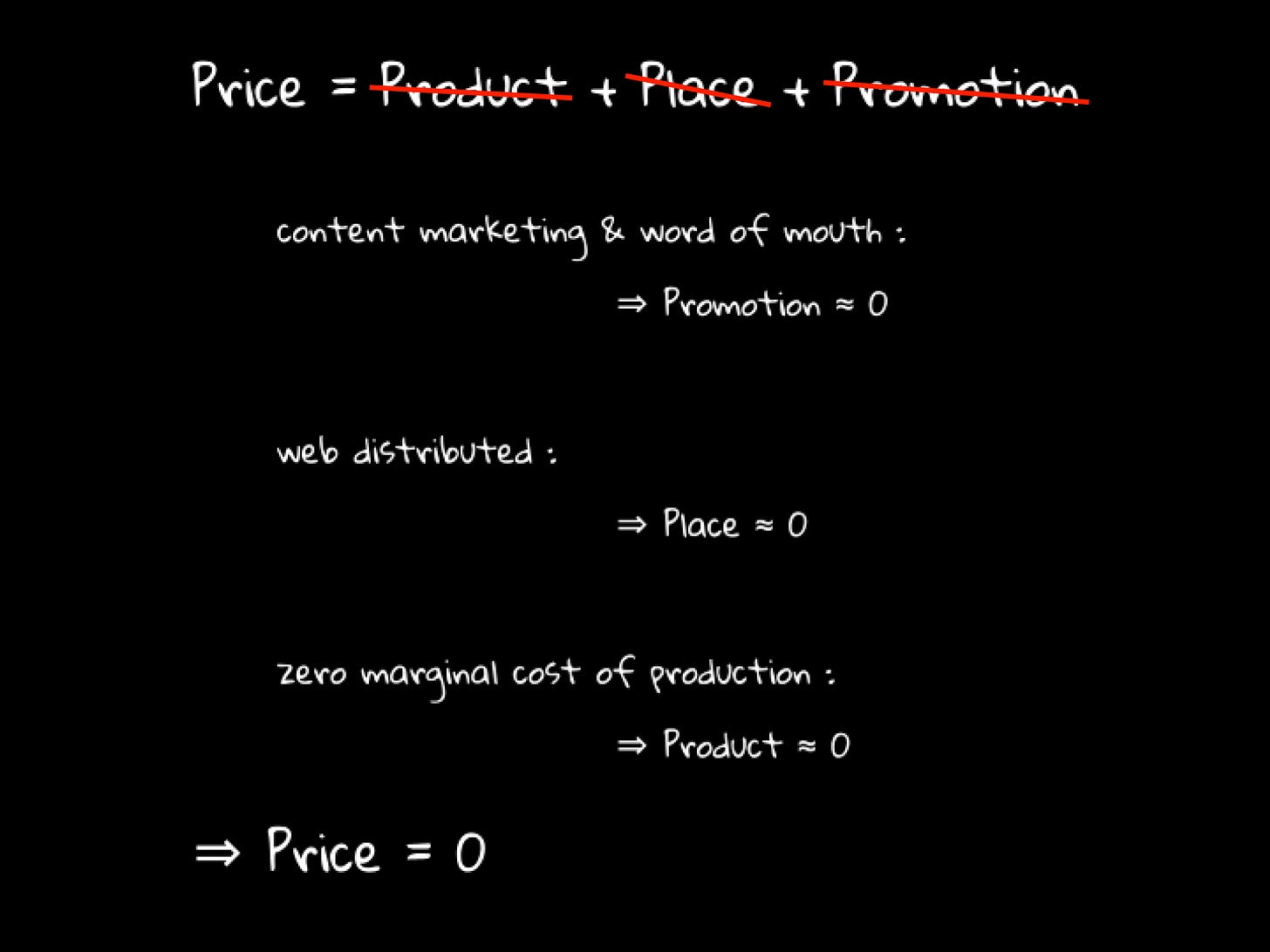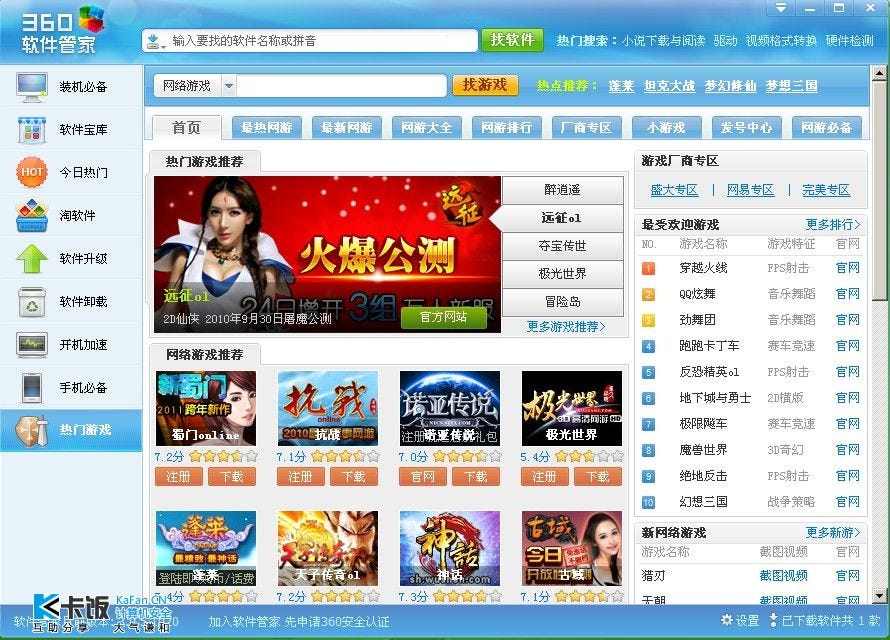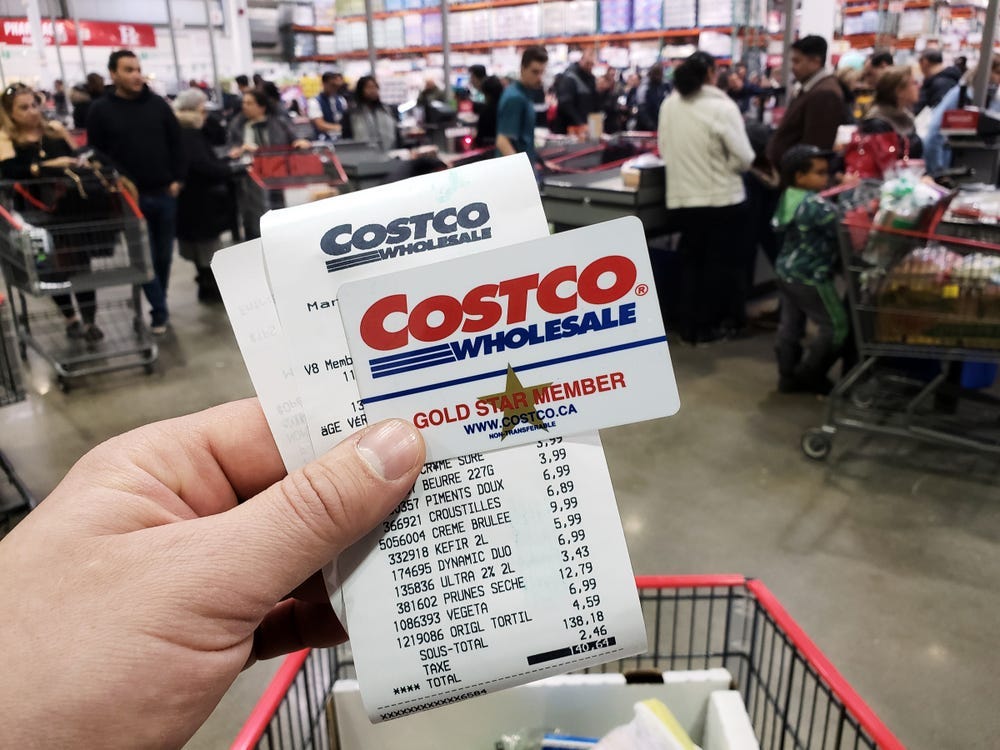#018 - PM Lessons by Meituan Co-Founder - Pt 16: Strategy for Product - 4Ps in the Internet Age
11 mins - bits vs. atoms, why free software can survive, 4Ps & biz models
👋 Hi! I’m Tao. As I learn about building products & startups, I collected some of the best content on these topics shared by successful Chinese entrepreneurs. I translate and share them in this newsletter. If you like more of this, please subscribe and help spread the word!
The Internet 4Ps in this issue is the second most mind-changing idea that I get from Wang Huiwen. Hope you enjoy it as much as I did!
See other articles in this Meituan PM series here.
4Ps in the Internet Age
The 4Ps theory that we covered in the previous class was developed in the 1960s, so it's mostly built on the context and constraints of traditional industries. The 4Ps theory is now less frequently brought up in the Internet age as compared to the previous merchandise age. Some people would even question whether it's still valid. In this class, we'll discuss whether the theory still stands and how to apply it in the Internet age.
Bits vs. Atoms
The unit of measure in the Internet age is bit, whereas in the physical world, it's atom. Most of the peculiarities of Internet businesses have to do with the fundamental differences between bits and atoms.
Firstly, bits travel a lot faster than atoms. Bits travel close to the speed of light (i.e. fiber optics). Atoms travel much slower - moving one atom from the U.S. to China would probably take a minimum of 12 hours.
(Note: If you’re interested in how the tech works: 1. How Does Light Carry Data? 2. The Global Fiber Optic Network Explained.)
Secondly, the cost to replicate is much lower for bits than it is for atoms. The cost of making a copy of a 1GB movie file is close to 0. To make an extra BMW car would costs at least tens of thousands of dollars. In some areas, it's not even possible to make an extra or an exact copy of a physical good.
Thirdly, bits are programmable, atoms aren't.
These three characteristics result in some fundamental changes to the 4Ps theory. Of course, some things stay the same.
Take the design cost in Product as an example. Compare the R&D costs to develop the Windows Operating System and a BMW car. It may actually cost more to develop the Windows OS. But after the R&D is done, the cost of replication for Windows is much lower than that of a BMW car.
In short, in the age of bits, the fixed costs are higher, but the cost of replication and the cost of transportation are much lower.
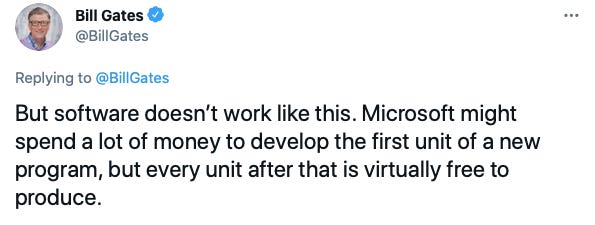
How It Affects the 4Ps
Downloading a copy of the Windows OS may cost just a few cents or a fraction of a cent, even if you factor in broadband costs and electricity. But the cost of transportation to import a BMW car from Germany to China can be quite high. (Note: one number from Statista is logistics account for 3% of the total cost of a car.)
This difference in the cost structures leaves a lot of room for imagination for pricing. Due to the significant costs of replication, transportation, and storage, a BMW car cannot be priced lower than its production cost. Furthermore, you also have to factor in fixed costs as well as marketing costs. All these results in the price of a BMW car being quite expensive.
In contrast, for software, the costs of replication, transportation, and storage are extremely low. This allows you to infinitely compress the price, even to 0. When the price is 0, it's a quantum leap for Promotion.
In Internet companies, especially the pure online ones, from an organizational point of view, most of the heads of marketing come from a PR background, as opposed to from marketing or sales.
In consumer companies like BMW, P&G, or Unilever, the heads of the marketing departments usually come from a marketing background. Their heads of PR usually report to their heads of marketing, which is the exact opposite of Internet companies.
This is because after you have set the price to zero, the act itself has an inherent marketing effect. Unlike traditional companies, you don't require as much advertising. You can keep the marketing costs extremely low for quite a long period of time.
I was in charge of the marketing department in Meituan. For a very long time, we didn't do much advertising and we mainly did PR.
Case Study: Antivirus Software (Qihoo 360 vs. Rising)
In China, in the antivirus software space, there was a revolutionary war between Qihoo 360 and Rising.
Rising (Box retail software)
Rising sold their software via a boxed retail model. The product is replicated on physical CDs and it's sold copy by copy. They had to advertise as well as establish retail channels.
This model resulted in quite a high cost to sell software. Advertising costs, sales channels, commissions, etc. Salespeople would go to many stores in many cities to talk deals - how much each copy should be sold, and how much to split with the channel owner. This resulted in high costs in Place.
That's on top of a relatively high R&D cost - at that time, antivirus software were considered to be rather technically complex.
All these factors considered, the price of the product couldn't have been low. It's a price that the consumers felt that it's too high while Rising felt it's too low.
Rising was doing well, but not great.
Computer viruses were a scary thing for most consumers. And a lot of people used pirated software. Some virus makers would make their pirated software freely available on the market. (Note: Whether it’s via CDs in the early days, or downloadable files later on.) When consumers installed these software, their computers would get the viruses as well.
As such, consumers had developed a mindset that since pirated software are usually laden with viruses, but at the same time, they still want to use the pirated software, so their antivirus software cannot be pirated. This consumer cognition allowed Rising to set a rather profitable price point.
Qihoo 360 (Cloud software or SaaS)
Qihoo 360 flipped the market upside down. Their product was free. Of course, that caused some changes in Place. Since the price was free, there's no channel willing to help Qihoo 360 with distribution.
Qihoo 360 set up an official website to allow users to download the software for free. The product being free itself is a very compelling proposition. As such, there's no need for advertising.
For a very long time, Qihoo 360 was the best in terms of PR among Chinese Internet companies. When I was in charge of Meituan's PR, I spent a lot of time learning PR from Qihoo 360. Their PR costs were very low.
Firstly, they hired a bunch of copywriters. These copywriters were good at writing on the Internet to begin with, so they all had a solid knowledge base and good writing skills. Some were connected in the industry.
Secondly, Qihoo 360 delved deep into what goes on in people's heads when it comes to antivirus.
If you think your computer is affected or possibly affected by some virus, what would you do? Usually, consumers would go on the Baidu search engine to search the error code or to post a question attaching a screenshot of the problem.
Qihoo 360 would consolidate all the symptoms of a problem and write an article about it. Towards the end of the article, they'd mentioned something like "Hey, there's this software called 360, and here's the download link. Install it and it'll solve your problem."
Qihoo 360 wrote all kinds of articles to be published on high domain authority sites on Baidu. When consumers searched for answers, they saw all the articles written by Qihoo 360. They wouldn't even consciously realize that they downloaded the 360 software, they were just following the tutorial.
Their copywriting team was about 20-30 people, and each person had a KPI of writing 2-3 articles per day. The product and tech team have collected a lot of problems that happen on consumers' computers. The copywriters would just read a problem and write an article. It's like an assembly line.
This method resulted in a much lower cost than other means of marketing, while Qihoo 360's market share grew fast. (Note: Basically, content marketing.)
Why did Qihoo 360 win?
Qihoo 360 was a late entrant in the antivirus industry, so their tech wasn't on the same level as Rising's in the beginning. However, Qihoo 360 understood deeply about consumer psychology.
Regular consumers can't tell whether their computers are really affected by viruses. They don't have the technical knowledge. There aren't any 3rd party institutions that provide this assessment either. Even if there are, consumers may not trust them. So how do you let the consumers know that your antivirus software is good?
It's a case where perception is more important than reality.
Just telling the user that his computer isn't infected by viruses is not enough to make him happy. Any time the user feels that his computer is being hard to use or it's being slow, he would think that the computer is probably being affected by some virus.
Qihoo 360 has a very conspicuous button that allows the user to actively kill the viruses. It may not actually kill any virus; it may just be deleting some irrelevant files that are dragging the computer down. But the user did feel that the computer has become faster, so he would think it must have worked. (Product managers absolutely need to understand consumer psychology and marketing.)
Sometimes, there may really be some virus. For antivirus, it's all about active defense. How long it takes for an antivirus software to recognize a new virus and find a solution for it is very important.
But you also must let the user know that your software can indeed solve the problem. If your antivirus software quietly kills the virus in the background, the user can't feel anything.
Rising is a software company, who sold antivirus software via boxed CDs; it's not an Internet company. Their new software that can kill even more viruses has to be sold through the sales channels, and the consumers have to buy and install a new software.
Qihoo 360 updates its software online in real-time. So even before Rising’s new software was sold, 360 had already solved the problem (i.e. new virus). This formed an impression in consumers' minds that Qihoo 360's software can kill new viruses as soon as possible.
Aside from that, Qihoo 360 later released a feature that shows the user how long it took for the computer to start and how many people it beat. (e.g. “Your computer took 26 seconds to start. You beat 97% of others in the country.”)
Qihoo 360 understands consumers' mindset very well and it also has a very deep appreciation for "bits travel faster than atoms".
Rising makes more money by delaying updates, but Qihoo 360 played the reverse to let consumers feel that Qihoo 360's product is better.
The Internet 4Ps
Qihoo 360 did many things right, but since its product is free, Rising had always thought that Qihoo 360 would go bankrupt sooner or later. Why Qihoo 360 didn't and in fact beat Rising? We can explain it using the new Internet 4Ps theory.
All the people who think that the 4Ps theory doesn't work in the Internet age, as well as the people in traditional companies who think Internet companies don't have any operating methodologies don't realize this - bits are programmable.
In traditional industries (like FMCG), all the 4Ps have their job to do and they're well separated. For example, Focus Media is doing Promotion, 7-11 and Walmart are doing Place. So only for Product and Price, you do yourself.
This necessitates that for Place, there are channel fees, and for Promotion, there are advertising expenses. Every dollar that P&G gets from selling a bottle of shampoo to a consumer, some part of Price is being taken away by Promotion and Place.
In Qihoo 360's example, the costs in Promotion are dramatically reduced. (i.e. via content marketing and word of mouth.) There is no Place. (i.e. The product is distributed by the official website/The producer owes the channel, and the replication & distribution costs are approximately zero.).
Zero terms cancel out. As such, the Price is back to 0.
P&G's shampoo, when sold and arrived at a consumer's hands, is still a shampoo. Atoms are not programmable.
In contrast, Qihoo 360's software arrived at the consumer's hands as a Product. But because bits are programmable, after some time, this Product becomes Place (channel). And Qihoo 360 starts to earn the money from Place.
Game publishers would use the Qihoo 360 channel to promote their games. (Note: Qihoo 360’s antivirus software is not one to sit there quietly and running in the background. It pops notifications frequently and even serves as a news portal. Users hate it now, but it was how a crop of Chinese antivirus software operated.)
As such, Qihoo 360 changed the money it's supposed to earn from Product to 0, in exchange for future revenue as Place.
(Note: “If you aren’t paying for the product, you're the product.”)
Different Ways to Slice the Cake: From Retail to eCommerce, eBay vs. Taobao
In traditional industries, the 4Ps have a clear division of labor, and you earn what you're supposed to earn in that department. P&G has no retail shops, so it only earns from Product. Walmart has no in-house products, so it earns from Place. (Of course, Walmart now has private labels, but it primarily earns from Place.)
There is a category of products that can serve multiples roles. For example, Taobao to P&G is simultaneously Place and Promotion.
When eBay was competing with Taobao in China, eBay made a mistake - it charged merchants a listing fee. For every product that the seller lists, eBay charges a fee, similar to the listing fee model in traditional retail.
However, why traditional retail charges the listing fee is because there is limited shelf space in the physical stores. For eCommerce, there is unlimited shelf space. Taobao didn't charge the listing fee so it's an advantage for them.
Today, Taobao charges advertising fees, which means to the merchants, Taobao is doing both Place and Promotion. When a consumer sees a product on Taobao and is able to directly order, that's Place. Being able to rank in all sorts of ways (Note: including AI-powered recommendation), that's Promotion. Taobao combined Place and Promotion into one, and it made the fees on Place zero, and instead, it charges for Promotion.
4Ps & Business Model Design
Many powerful business models can be simplified as making one of the 4Ps 0 and instead charges from another P.
A more regular example would be Costco. If you want to buy some stuff from Costco, you have to pay a membership fee to become a member first. After becoming a Costco member, the more you buy, the more you save.
Why Costco can achieve a lower price than other retailers?
Many products sold in Costco are white label and private label products. Private label products don't need much marketing expenses. The costs that Costco saved from Promotion can be passed down to consumers in form of lower product prices.
Even in the face of the relentless Amazon, Costco remained one of the few retailers that are relatively unaffected, exactly because Costco reduced Promotion to 0 and instead, earns from membership fees.
(Note: The membership and the services and experiences that it entails is the Product.)
The 4Ps theory on the one hand is a framework for us to design our business model. On the other hand, it's a way to define the profit distribution along the industry chain.
I think it's still a powerful theory today. Some of the best business models of today are essentially compressing one of the 4Ps to 0 to gain significant advantages, then to earn from another P. The Internet greatly increases the possibilities to do so.




